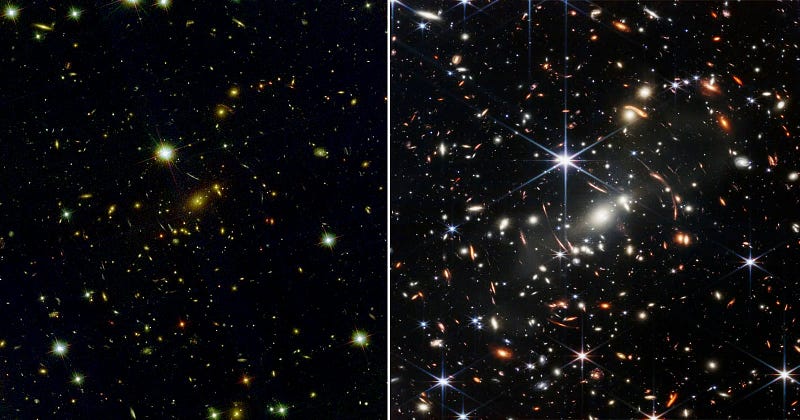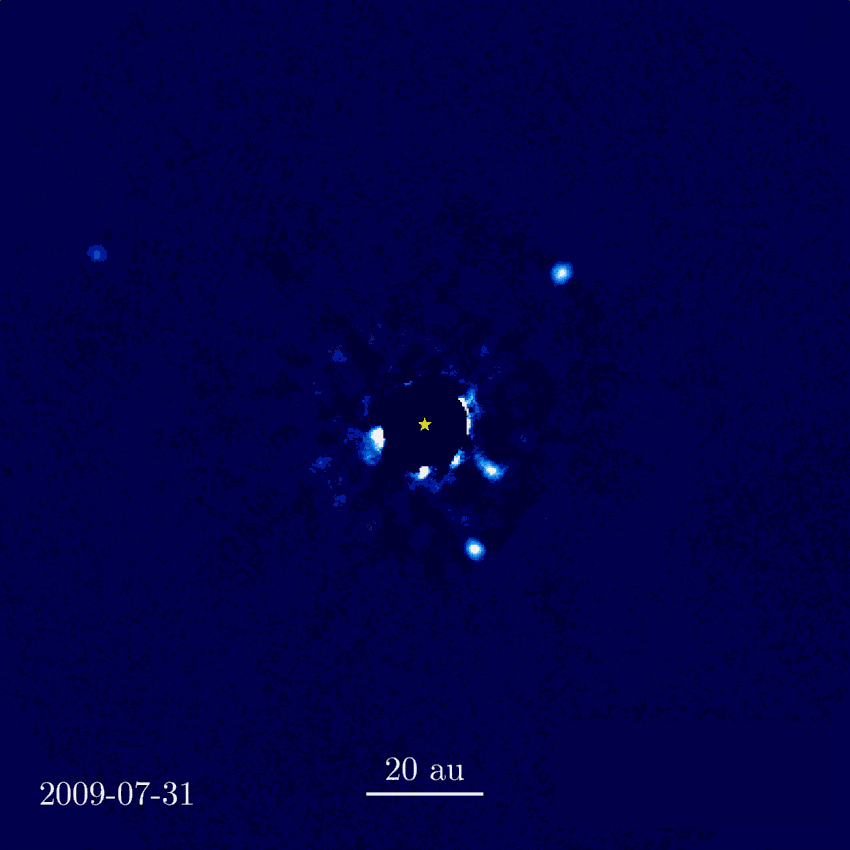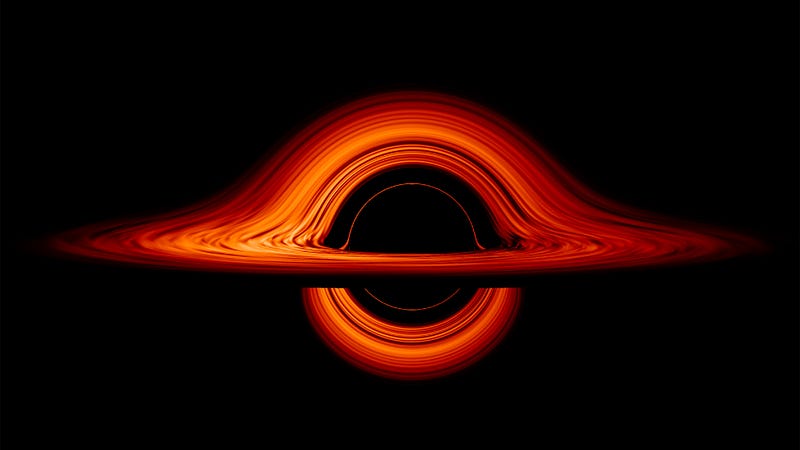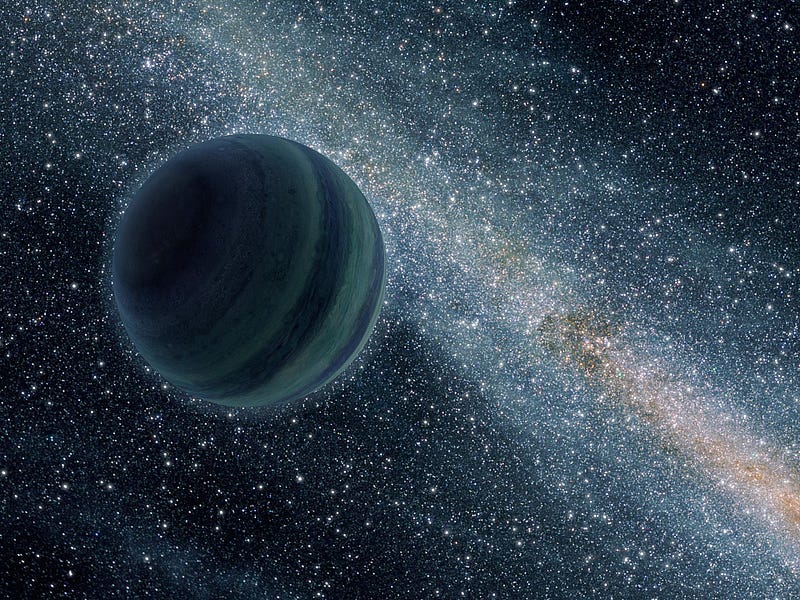The James Webb Space Telescope: A New Era in Astronomy
Written on
Introduction to the James Webb Space Telescope
NASA has recently unveiled stunning images captured by the James Webb Space Telescope (JWST), showcasing distant cosmic wonders that have left astronomers overwhelmed with emotion. Although these images might seem reminiscent of those from the Hubble Space Telescope, the JWST possesses an extraordinary capability that is set to usher in a transformative era of astronomy. It will not only illuminate some of the universe's most elusive phenomena but also challenge humanity's perspective on its place in the cosmos.
The JWST, measuring 6.5 meters in diameter, boasts the largest mirror ever launched into space. This impressive mirror had to be folded for its rocket launch and features a focal length of 131.4 meters. In comparison, the Hubble's mirror measures 2.4 meters with a focal length of 57.6 meters. The JWST's expansive mirror allows it to detect some of the faintest and farthest galaxies, revealing details that Hubble cannot capture.

Exploring the Possibilities of the JWST
So, what groundbreaking discoveries can astronomers anticipate with this remarkable tool? Let’s delve deeper.
Direct Imaging of Exoplanets
While astronomers have identified thousands of exoplanets (planets orbiting stars outside our solar system), most of these were discovered indirectly, through their host stars' variations. Ground-based telescopes have managed to directly image around 50 exoplanets, but this process is arduous and yields only minimal data. The JWST, however, can effortlessly capture images of these worlds, providing rich details and potentially unveiling new Earth-like planets.

Hunting for Signs of Life
In addition to imaging, the JWST can analyze exoplanet atmospheres for biosignatures—indicators of life. When an exoplanet passes in front of its star, some of the star's light filters through the planet's atmosphere, leaving characteristic absorption patterns. The JWST is equipped to detect these subtle signals, making it a powerful tool in the search for extraterrestrial life.

Understanding Galaxy Formation
Despite extensive research, the formation of galaxies remains a mystery. The JWST's ability to capture infrared light will allow it to observe ancient galaxies in their formative stages, thereby addressing questions that have puzzled scientists for years.

Investigating Black Holes
Black holes, among the universe's most enigmatic objects, often elude observation due to their nature. While high-energy emissions from matter falling into black holes can be detected, the JWST will allow scientists to explore lower-energy interactions, potentially revealing critical insights into their behavior.

Unveiling the Unknown
The JWST's capabilities extend beyond current scientific understanding. It may unveil phenomena such as Dyson spheres, clusters of rogue planets, and insights into dark matter and energy—opening doors to entirely new realms of research.

Conclusion: A Paradigm Shift in Astronomy
Do not underestimate the JWST; it is set to redefine our comprehension of the universe. Soon, we could witness announcements of biosignatures around exoplanets, revelations about black hole dynamics, or breakthroughs in dark matter research. These discoveries could profoundly impact our understanding of existence itself. Are we prepared for such revelations? Astronomy is on the brink of a significant transformation!
Explore the groundbreaking discoveries made possible by the James Webb Space Telescope in this insightful video.
Delve into the implications of the James Webb Space Telescope on astrophysics and the search for extraterrestrial life in this engaging debate.